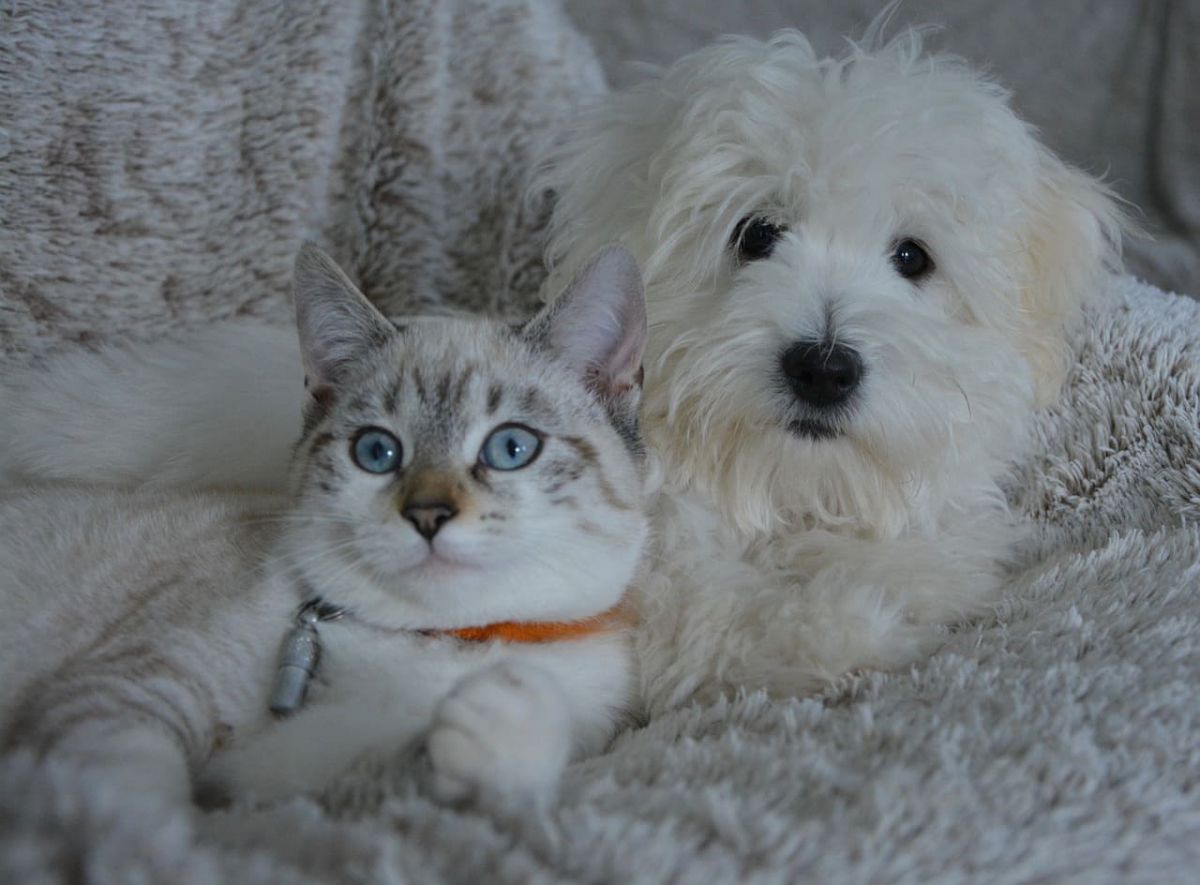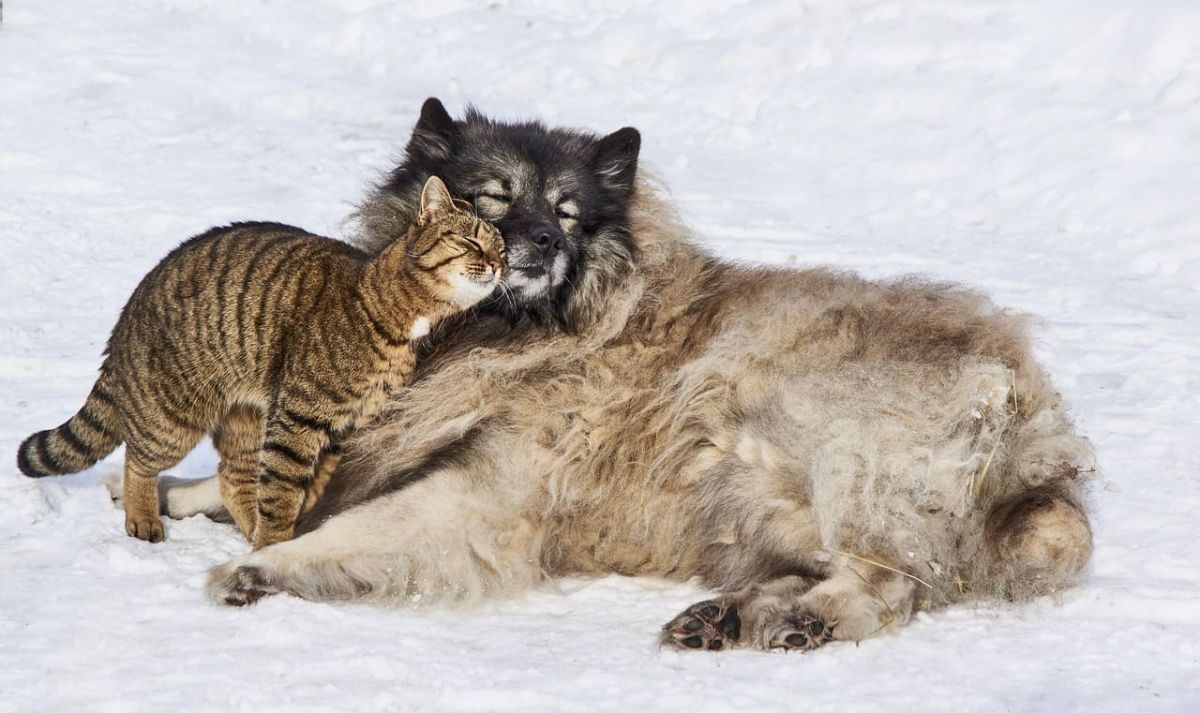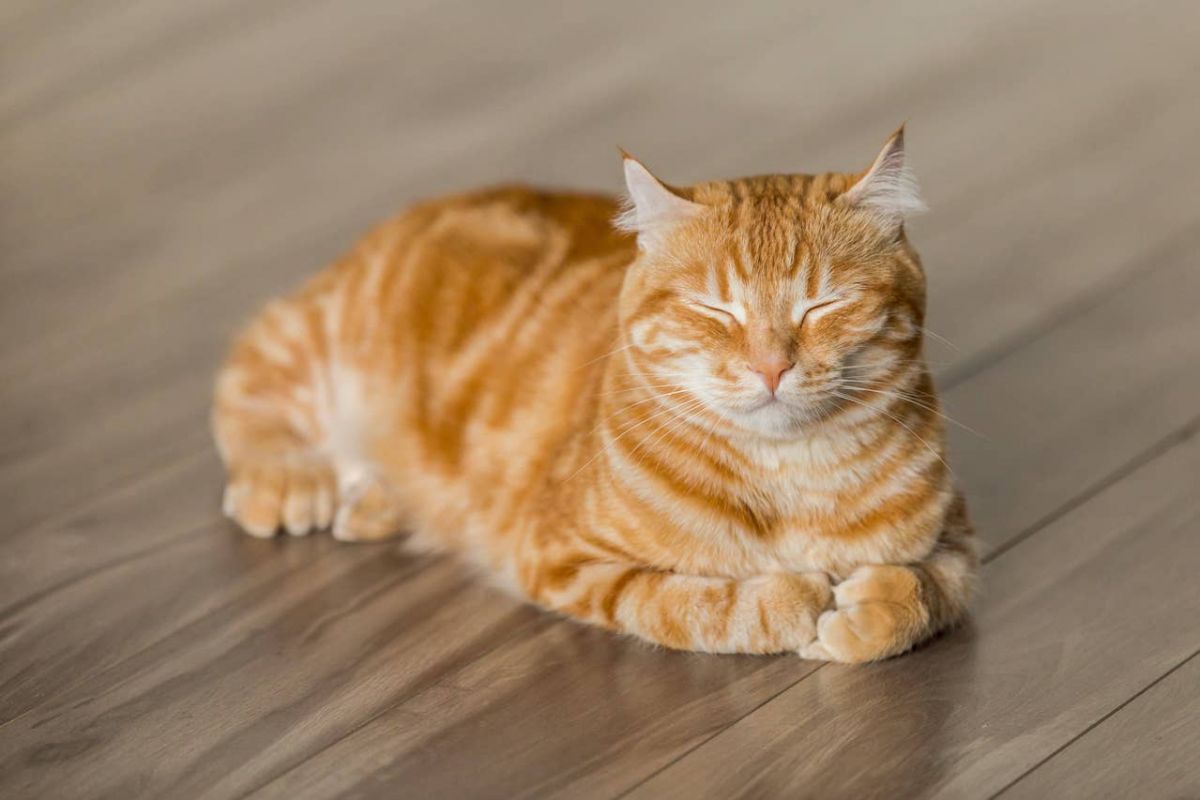How to Choose between Commercial Cat Food and Homemade Cat Food?
 June 30, 2023
June 30, 2023
In the world of pet care, nutrition undeniably occupies a prominent role, shaping our beloved’ overall health, happiness, and lifespan. Recently, an interesting debate has emerged among feline guardians: Is homemade cat food superior to commercial cat food, or is it the other way around? This aims to explore not just the contrasting but also the complementary aspects of both these options to understand the implications they have for a cat’s health, lifestyle, and lifespan.
The notion of homemade cat food relies heavily on the concept of personalized nutrition. By choosing to prepare meals at home, pet owners have total control over the ingredients that go into their cat’s palate. They can ensure that raw materials are fresh, organic, free from harmful chemicals, and preservatives. In an era where an increasing number of voices are calling out for sustainable options, homemade meals also allow pet owners to source fare ethically, contributing positively to global food chains and reducing their ecological paw-print.

Additionally, a well-calculated homemade diet allows for an individualized approach that respects cats’ age, breed, lifestyle, health conditions, or unique dietary requirements. Pet owners can also monitor their cat’s reactions to certain ingredients better, and tailor the diet accordingly. This meticulous involvement can foster a greater understanding and connection between the pet and its owner, generating engaging moments of shared intimacy.
However, welcoming homemade meals into your feline’s menu is not without challenges. Cats, being obligate carnivores, require a complex blend of nutrients that must be carefully balanced to maintain their health. Key components such as taurine, arachidonic acid, vitamin A, and certain B vitamins are essential for cats and are found in particular types of meat in precise quantities. Maintaining this equilibrium requires advanced knowledge, time and commitment. Failing to do so can potentially lead to harmful deficiencies or harmful oversupplies, leading to health complications.
On the other side, commercial cat food is designed with scientific exactitude to accommodate the nutritional needs of cats. Comprehensive research and stringent quality controls have taken place behind the scenes to ensure that each serving meets the daily requirements of your pet, from calorie count to the distinct blend of nutrients. These products are readily available, easy to serve and carry, and thus extremely convenient for cat owners juggling their professional and personal lives.
Commercial foods are crafted to address the different life stages and dietary needs of cats, from kitten-specific to senior-oriented products, or for specific health conditions like hairball control, kidney health, or diabetes. Diversity in taste and texture is another upside, preventing mealtime from becoming a monotonous experience for your furry friend.
However, not all commercial cat foods are created equal. Concerns rise when cheaper products resort to using low-quality ingredients, fillers, or synthetic nutrients to cut costs. Reported cases of commercial foods leading to obesity, allergies, or kidney diseases have been associated mainly with products laden with carbohydrates, far from the natural, protein-rich diet of cats.
In conclusion, the homemade versus commercial cat food debate boils down to individual choices shaped by multiple factors, such as availability of time, budget, and your cat’s preferences. A balanced approach could also involve combining both methods, supplementing a primary commercial diet with the occasional homemade treat: the ultimate goal is to maintain the vibrancy and health of our feline companions. Whatever route one chooses, understanding feline-specific nutritional requirements, and seeking ongoing advice from professionals is vital for a healthy, satisfied pet.

An Authoritative Glimpse into the World’s Top Ten Most Popular Categories of Pets


Why Do Cats Squirm Before Pouncing


True Heartwarming Stories: The Unbreakable Bond Between Animals and Humans


Pets’ Interesting News and Anecdotes


Owning a Pet May Help Maintain Mental Health When We’re Over 65


Pet IQ Test: Explore Your Pet's Intelligence and Potential


Pet Insurance: A Must for Comprehensive Pet Protection


Instruction to PetSmart















